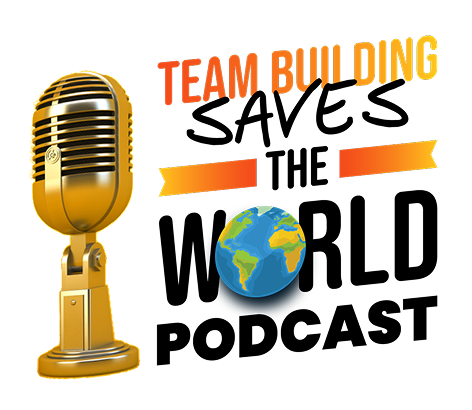Ups & Downs of Engaging Conference Call | Communication for Remote Teams
Many a recovering English Composition student remembers being graded on “Content and Mechanics.” Back when teachers attacked papers with an endless supply of red pens, students learned quickly that their ideas were only as good as their capacity to express them clearly and appropriately.
Unfortunately, a red pen has not yet been invented that can circle and “x” what people say out loud at work, or rather, how they say it. As the Wall Street Journal and Harvard Business Review have been reporting, business has noticed.
In a world of increasingly virtualized staffs, non-verbal communication is not only important, it can also be the key to building trust within teams. In these environments, we must enlarge our understanding to go beyond gestures and include tone of voice, the vocal in vocal non-verbal communication. For instance, we all know how likely we are to tune out a speaker whose voice is sluggish and monotone. Put that speaker on a conference call and the results can be disastrous.
The mechanics, once again, matter.
As a first step, we turn from English Comp to an important lesson from the Drama Club. Inflection is one of the many concepts from theater that I recommend as a focus for virtual teams. And, to be clear, even if your team is lucky enough to have a video-based tool like Webex, Skype, or even Google Hangouts, non-verbal communication is still key to making the connections between our team members more than “technical”.
Inflection refers to putting highs and lows into your voice on specific words. (Certain words. Not all of them.) A change in pitch should identify the most important words in a sentence. If you are someone who says, “but it’s all important,” start by applying inflection to the active verbs in your remarks. This is an old trick sometimes attributed to the great Shakespearean actor, Sir John Gielgud. If it’s good enough for Shakespeare, it will probably suffice for your weekly updates!
Most importantly, don’t forget to move back to your normal, comfortable pitch, after the word is finished. Any tone, high or low, can feel monotone if you use it too long. Then, it’s not inflection, it’s just weird.
If you wrote your remarks ahead of time, even if they’re just bullets, consider the following practice from commercial actors. Take two different crayons, one color for high inflection and one color for low. Read your remarks out loud once and try to listen as you read to where your voice “wants to go”, either up or down. Then, go back through your text and underline each keyword with the color that matches the direction your voice took. Next, read the text again and over-inflect, pushing yourself to increase the degree to which you raise or lower your voice on each underlined keyword. Finally, when the time comes to speak to your listeners, attempt to strike a middle ground between the over-inflecting you did and the way you normally speak. The result should be more engaging speech that holds your listeners’ attention and demonstrates your own engagement.
At first, using more inflection will seem awkward and uncomfortable. But, after gradually and consistently adding inflection to your conference calls, you may notice more engaged reactions from your listeners. People like listening to those who speak with interest and energy. Inflection is one of those mechanics that will help your important content shine through!
Get more insights in our newsletter:
* every subscription supports charity!
Plays well with these activities.


 Unlock exclusive resources for better teams. Every subscription supports charity!
Unlock exclusive resources for better teams. Every subscription supports charity!
Create Your Free Account
Get exclusive access to new programs from the TeamBonding Lab, save your favorite ideas, and track your upcoming events.
Already have an account? Login






